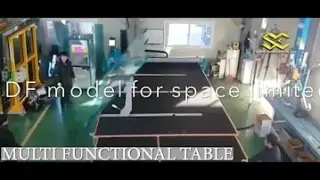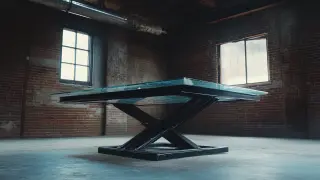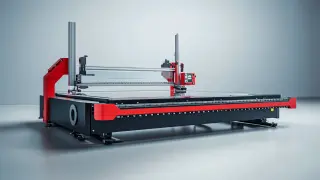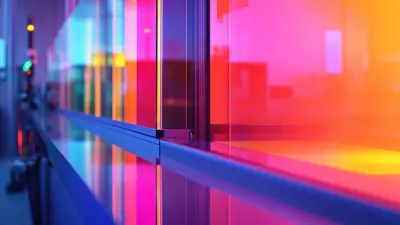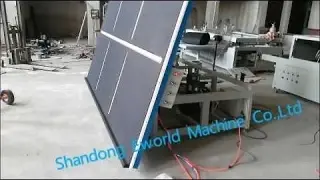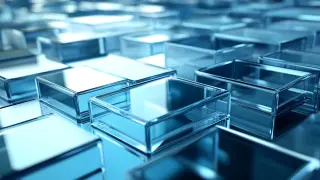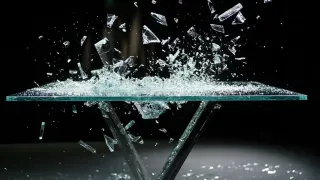
-
Home
-
About Us
-
Products
-
UPVC PVC Window Machine
-
Aluminum Window Machine
-
Glass Cutting Machine
-
Glass Edging Machine
-
Insulating Glass Machine
-
Glass lifting machine
-
Glass Washing Machine
-
Glass Laminating Machine
-
Glass Sandblasting Machine
-
Glass Drilling Machine
-
CNC Glass Working Center
-
CNC Non-Metal Cutting Machine
-
The Other Glass Machinery
-
-
Application
-
Download
-
News
-
Contact Us
contact us
Leave Your Message
- Phone
- E-mail
